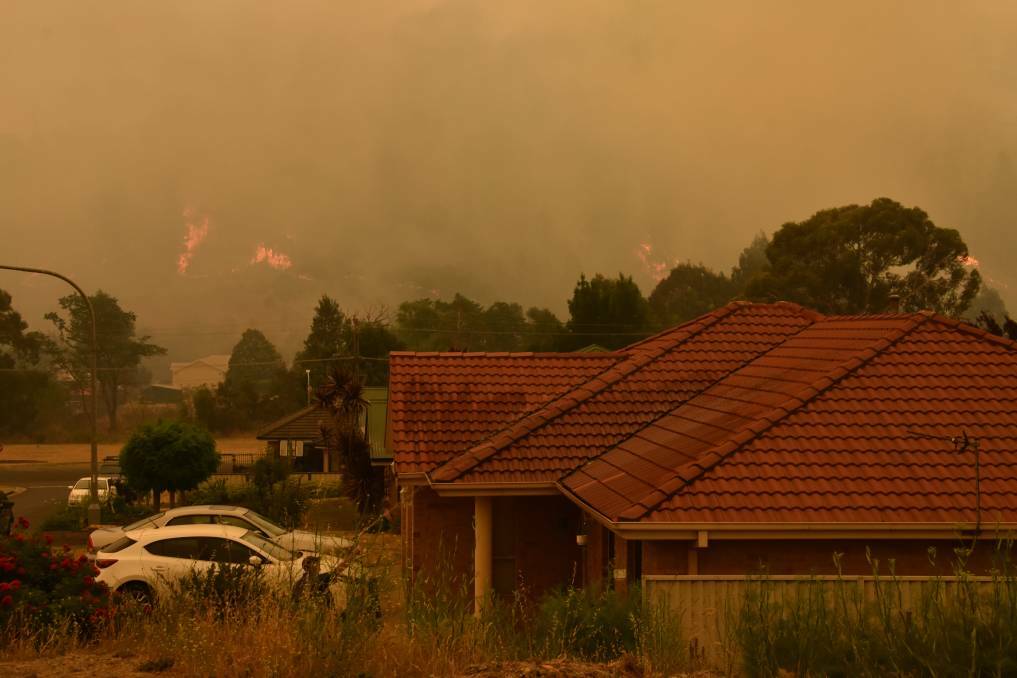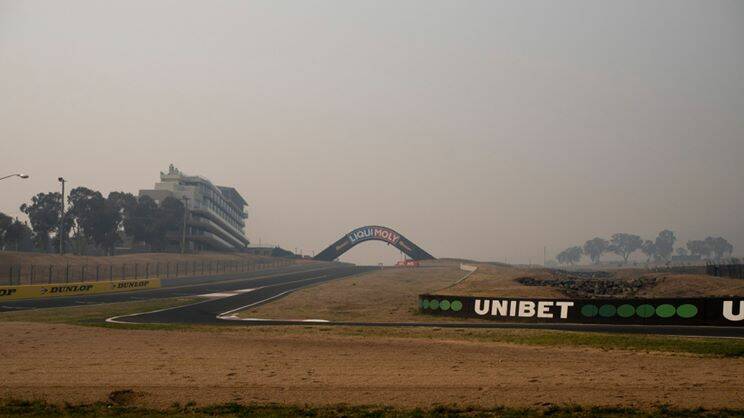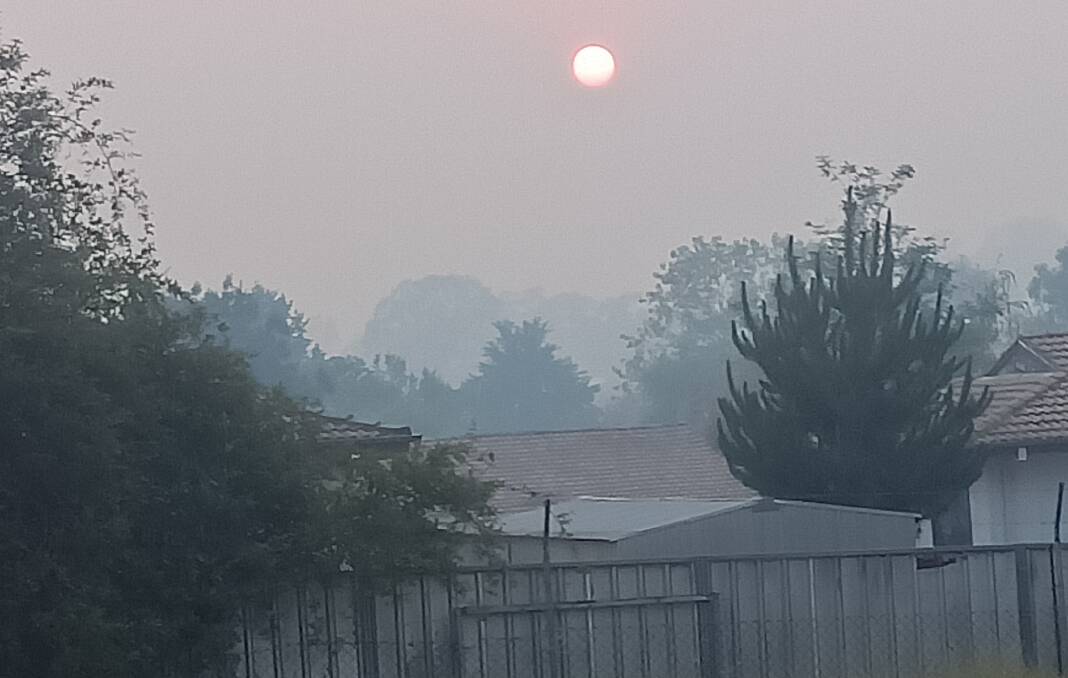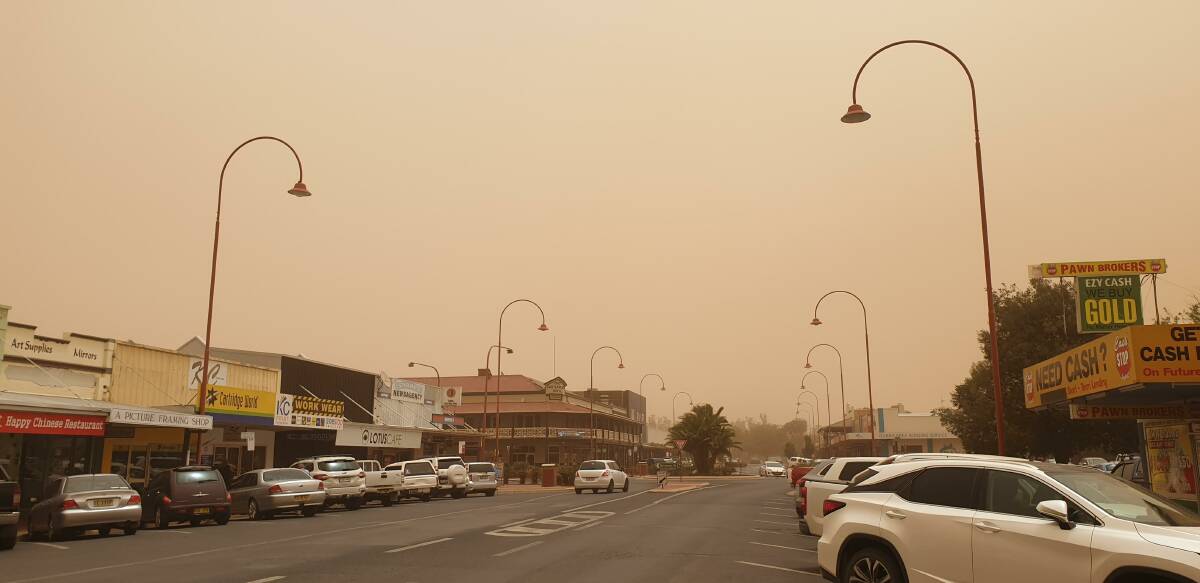
BUSHFIRE smoke and dust storms that blanketed the Central West for much of the summer could lead to serious long-term effects, including shortening your life.
Subscribe now for unlimited access.
$0/
(min cost $0)
or signup to continue reading
The drought and widespread bushfires across NSW during the summer months regularly resulted in poor air quality for Central West residents.
In Bathurst, residents breathed in air rated as 'very poor' or 'hazardous' on 49 days, or the equivalent of 53.8 per cent of the summer period.
READ ALSO: English, STEM key in NSW school revamp
While residents in Orange were subject to worse air quality during the season, with a rating of 'very poor' or 'hazardous' on 59 days (64.8 per cent).
A spokesman for the Department of Planning, Industry and Environment (DPIE), who provided the data, said the air quality in the Central West was consistent with conditions recorded across NSW during the "unprecedented summer bushfires".
"During the bushfire emergency our network recorded some of the highest air pollution ever seen in NSW, particularly for PM2.5, which are particles less than 2.5 micrometres in diameter," he said.

Air quality monitoring stations are also located at Dubbo, Parkes and Condobolin, and he said data from these five stations is considered generally to be "representative of air quality in the NSW Central West".
A NSW Health spokeswoman said depending on the particular pollutant, short-term exposure has different health effects to long-term exposure.
"Short-term exposure exacerbates, or makes worse, pre-existing illnesses such as asthma, chronic bronchitis (also called chronic obstructive pulmonary disease or COPD) or heart disease," she said.
"Longer-term exposure can actually cause the development of respiratory and heart conditions and shorten someone's life."
The spokeswoman said exposure to air pollution can also cause a wide range of mild symptoms such as irritation of your eyes, nose and throat.
The DPIE spokesman said the NSW Government operates more than 90 air quality stations across the state and has been working to "broaden the network into more regional areas in consultation with local councils".

"The DPIE is committed to providing the community with information on local air quality, updated hourly (including PM2.5), so that people can minimise their exposure to air pollution and take steps to protect their own health," he said.
"An SMS and email subscription service is available for air quality alerts, which can deliver this information directly to mobile phones in close to real time.
"Air quality and health messages, written by NSW Health, are provided directly to subscribers of the alert system."
The spokesman said NSW's air quality monitoring network means that people and their health care providers can better understand when to take steps that minimise the impacts of dust storms, or smoke from bushfires and hazard reduction burn operations.
"People with concerns about health while air quality is impacted can also speak with their doctor," he said.



